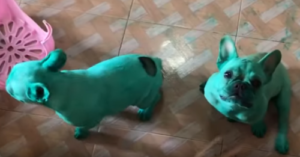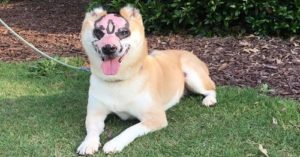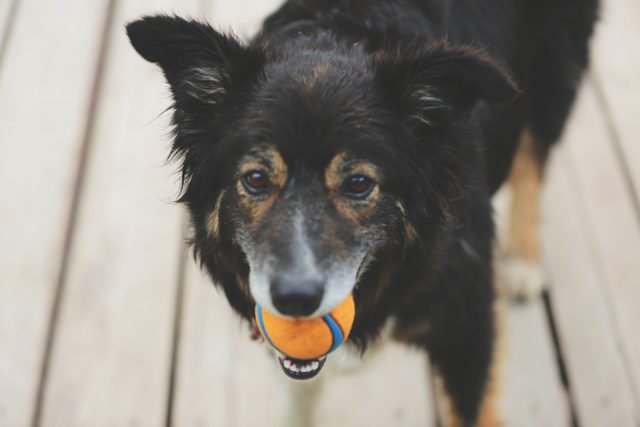
Puppies are amazing creatures! I am always filled with joy when I get to meet a new puppy at my veterinary clinic or when I am out training.
Young puppies are filled with wonder and excitement. Everything is new and exhilarating when you are young and learning.
And, although most puppies come home and seem tethered to us for a period of time; this usually dissipates without some cognizant effort, time and positive recall training on the dog owners’ part!
When You Bring Your Puppy Home
When you get your puppy and you first bring him over the threshold of your home, chances are he has come from a situation where he had brothers and sisters and his mother with him most of the time. He has never really spent time “alone”! This means that he is likely to bond to his new human family and begins to follow them around. This is also the time at which most puppies will pick a person in the family who will become a “favorite”, usually it is the care giver or the person who is spending the most quality time with the new puppy.

Thanks to Dogslovers.com for the image
Many new puppy owners report to me that their puppies don’t even need a leash (which can still propose frightening situations), but I understand, he is in need of affirmation and companionship he is only beginning to build his independence! He trusts in you and the bond that you are building.
This is a marvelous time for puppy obedience training and, interestingly enough although it seems that you don’t need it, this is the perfect time for recall training. If you work with him during this stage he will continue to think that you “Hung the Moon”. That is one of my favorite Wyoming or cowboy statements that simply means the dog thinks the sun rises and sets on you, that YOU are THE BEST thing in his life. And, it is so much easier to continue this training and this feeling for your puppy, through rewards, treats, positive reinforcement and puppy obedience training than to change his mind later.
Things Begin to Change
Depending on the puppy and his age and maturity depends on when this dynamic begins to change, but unless you have a fearful puppy (which is NOT a good thing) most puppies will begin to develop independent behaviors after a period of a few weeks.
This means your puppy is exploring more! Instead of being 5 feet from you in the yard, he wants to go off and discover things at a greater distance from you. This is a GOOD thing! We want our puppies to become independent and explore their world (to some degree). We don’t want them to be fearful if they are not within a certain distance. But we do want them to be mindful of where we are and the power of food treats, and positive reinforcement through training your puppy and training your dog.
If you are not training, using treats and reinforcing behaviors as he becomes more independent he begins to learn that you in fact ARE NOT the best thing in his life. Here is how to use treats effectively.

Let’s Face It
A squirrel is probably more exciting than you.
The neighbor kids are probably more exciting than you.
A deer or opossum running through your yard are probably more exciting than you.
You get the idea!
And, the goal is to keep him from discovering this piece of dire information through recall training and simple puppy obedience training. After all, your puppy needs food or treats! He likes toys! Why not use these things to your advantage to keep him from discovering that everything else in his environment might be more exciting than you are ever going to be in real terms.
His attention should always be on you. Click here to work on eye contact and focus with your puppy.

The Problem
The problem is that training a puppy or teaching your dog takes time, and effort. Attention training or focus training also takes time and effort but it is certainly worth it!
I understand that most of us are running a little dry on time these days. I live in a house and neighborhood that was built in the 1950’s. It is a great little area, but times were different for people back then. Usually only one adult worked, usually dad, and there was more time for family and chores and pets and most everything.
Modern life leaves us scrambling. I have 3-4 jobs on any given week, and I have to have them just to survive in my tiny old house. The days of one parent working are gone like the wind. Overtime and working a couple of jobs are often necessary for people to make ends meet. I completely understand!
But any good relationship takes time. I must make time for puppy training or teaching my dog. If I want the companionship of a puppy or an adult dog, I must get up earlier. I must stay up later! I must stop watching television or playing video games or spending time on social media when I can spend time with my puppy teaching and training him!
You owe it to yourself to devote the time this relationship needs to thrive and for you to have a well behaved canine companion for a lifetime. Please remember that your dog cannot watch TV, he can’t read a book, he can’t play on social media… he is dependent on you for time and training in order to become a good dog.
Let’s get you set up right from the start so that you can teach your dog the behaviors that will make him a well behaved dog! Puppy training is easy if you have the right tools and knowledge
Step 1- Stop Feeding Your Puppy from a Bowl

Puppies are busy people  they rarely slow down for some of the finer things in life. I have definitely worked with puppies that had what seemed like a very low food drive. They were too busy looking for trouble to get into, to sit still long enough to eat a whole bowl of food.
they rarely slow down for some of the finer things in life. I have definitely worked with puppies that had what seemed like a very low food drive. They were too busy looking for trouble to get into, to sit still long enough to eat a whole bowl of food.
However, food is a requirement for life! The puppy is eating enough and then going on about his business.
I work with dog trainer friends (they compete in high level obedience and protection trials) who literally never feed their puppies from a bowl. All food comes from them for working. I realize that, that sounds horrible to some people! How could you just not feed the puppy?? But the truth is that the puppy would prefer to spend time with you, while he is learning and eating.
I liken this to eating at home alone versus going out to dinner with my friends. I don’t really want to eat alone. I would much rather eat with people I know and love and can interact with while I am eating. Your puppy feels the same way! He would rather interact with you for his food rather than eat out of a sterile bowl.
But, it is acceptable to find a happy balance. I go back to working 3 jobs. I admit, sometimes my dogs eat out of bowls. But I do my best to try and get them to work for their meals and treats not only for the interaction but also so that they are food motivated.
If you just filled your belly at the buffet, you are no longer (probably) motivated by food. Keep this in mind when you think your puppy is not food motivated. Chances are he is just getting too much free food without working and learning how fun working can be when he is with you!
Even the AKC recommends feeding your puppy from your hand, read their article here.

Step 2- Reinforce Good Behaviors
Once your puppy is food and treat motivated, begin rewarding and reinforcing good behaviors. We call this positive reinforcement. We spend soooooo much time telling our puppies what not to do… but how often do we really reward them for doing good things (things that we might expect like sit or down or just chilling). I find that rarely are puppy owners rewarding good behaviors.
This is the wheel that makes the training bus go ‘round. The puppy will learn that he can control you and his environment with his good behaviors and he will continue thinking that YOU are the best thing in his life (not that dead squirrel).
Also, by capturing behaviors “rewarding them as they happen” we can control them. You can teach your dog to sit by simply rewarding him as he does so and then telling him what he is doing (adding the cue). From here I can ask him to sit on command or on cue. This is a stronger way of training than luring (having him follow that treat with his nose until his rump hits the floor) and certainly stronger than force (pushing his butt down). Training a puppy takes time and effort.
Always reward your puppy for looking at you and paying attention to you!

Plus, and BONUS this way of training teaches a puppy or even an adult dog to use his brain. Using his brain also known as mental stimulation is important for allowing his brain to grow and also teaching him impulse control along with the behaviors that we prefer. Remember we are rewarding what we like and continue to want to see from our puppies.
Did you know?
Mental Stimulation or training, as it is commonly known as, is more physically exhausting than physical exercise? This means 15 minutes of training is going to lead to a more tired puppy than 15 minutes of walking or running!
Don’t get me wrong, puppies need both physical exercise and mental stimulation, but mental stimulation is always more exhausting because the dog is learning control and using his brain. I went to a Veterinary conference called “Fetch” last weekend, that offers several days of continuing education on subjects in veterinary medicine. My co-workers and I were EXHAUSTED after a few hours, then days of learning! It really is draining!
So, USE THAT PUPPY BRAIN! Teach your dog or puppy behaviors that you like. Work on positive potty training and reward that good behavior that you like.
Then, once your puppy has some obedience training, begin adding distractions to his training and environment.
Learn more about positive reinforcement here.

Step 3- Play Hide and Seek
My very favorite way to teach a puppy a reliable recall is by playing “hide and seek” with him at home! Learn more about why dogs like hide and seek, here.
You will learn, that puppies LOVE games! Games are fun whether you are 5, or 25, or 75. Games are fun for dogs too! And, if you go into it with a light hearted spirit and enjoy the “game” you will teach the puppy to enjoy the “game” as well.
But the truth is that teaching a reliable recall command is hands down, THE most important behavior you can ever teach your dog! Without a good recall you risk him losing his life from running away or getting hit by a car. One of the highest scoring protection trained dogs that I have ever met was killed at 4 when he chased a deer and was hit by a car. The whole community was saddened. Hypothetically, a good, reliable recall command could have saved his life. However, like that squirrel we talked about earlier, the deer was more fun than being trained and corrected (his owner used a lot of corrections and shock collar training) by his owner; so he opted to chase the deer.
If the dog ever gets off leash, either on purpose or by accident he must WANT to “come” to you in order for good recall training to work effectively!
The Game

The biggest rule is to make this as fun as possible! Remember if you need it. You want your dog to stop doing WHATEVER he is doing and think “that is my favorite game” and stop showing the current behavior in order to come running to you!
This is best with 2 people. Make sure that both people have a pocket full of tasty treats. I like to make sure it is something extra special like chicken breast so that the dog is highly motivated to play. Also make sure that the puppy is hungry! A well fed or recently fed puppy is less motivated to play the game.
Use a leash, or at least restraint!
Let’s talk about a few key components: Opposition Recall and Anticipation of Reward
Opposition Reflex
Opposition Reflex is opposing force, and yes, it is a basic reflex. If I come up to you in the grocery store and I grab your shirt and pull you toward me, chances are that you are going to back up and pull against and away from me! You probably don’t want me pulling you or forcing you into me. It is a reflex. If I ask you, nicely, with an explanation you would probably come with me.
This is why, when you pull on your dog’s leash he pulls against you! Remember this when you are walking him. The harder you pull, often the harder he pulls!
But you can use this to your advantage during this game. I am going to want you to restrain your dog and keep him from getting what he wants for a few moments.

Anticipation of Reward
This restraint will build his anticipation of the reward! Have you ever worked really, really hard for something you wanted. Perhaps it was a new car, or a home, or jewelry or a pair of shoes. Working overtime, saving your money; it all builds that anticipation of reward and makes attaining it even sweeter. It is much less rewarding just to have the funds or the means to have everything that you want. This is why I think people with millions of dollars have less respect for the big ticket items that they own. They simply never built that love for or anticipation of reward.
This Game works on Both of These Key Components
I want one person to leash and restrain the puppy.
I want the second person to show the puppy a handful of treats, TEASE him or her (yes I really want you to tease the puppy) and get him or her super excited. Jumping, scratching, barking, whining are all acceptable behaviors!
Then I want that person to RUN, yes run, away and to an easy hiding place. Don’t make your hiding spot too difficult in the beginning! Eventually you can hide in tough to find places, but not until your puppy knows and loves this game. So I just hide around a corner.
Now, the person that is “hiding” should call your puppy and praise until he gets there. At first, when the first COME is heard the person restraining the puppy should let go.

My dog’s name is Fury; so I would say “Fury COME! Good girl, good girl, Fury COME! Good girl, good girl until she gets to me. Then, I would reward with a few tasty treats.
If at first the puppy is confused or doesn’t move, the person who was just restraining the puppy remains silent and walks toward the hiding person. This will encourage the puppy to move forward and toward the person who is calling and praising. But don’t say anything to distract the puppy from the job at hand! Eventually you can add distractions!
Once the treats are delivered and the puppy has won and found the person, that person takes the puppy by the harness, or collar, or leash and restrains him while the other person shows him a handful of treats and begins to tease him and get him excited!
Then that person darts or runs off and hides and begins to call the puppy as outlined above.
This game is FUN, fun, fun for the puppy! I it is exciting and he wins a tasty treat each time he comes and it conditions the word “COME” with fun. It takes any conflict out of the word and makes it a fun game that he always enjoys.
If you play this game, he will enjoy dropping everything that he is doing and will come to you each time.
Play this game often! And, continue to play this game as your puppy grows up and into a dog! If you don’t he may revert back to not listening.
You can even use a long line and play this game outside or in the park.
I love this game because it teaches my puppy to find me with his ears and his nose… that way if he is ever lost he will be able to use his other senses to find you.
The post How to Train a Puppy to Come, the Best Method! appeared first on TheDogTrainingSecret.com.
via
Whisker Therapy



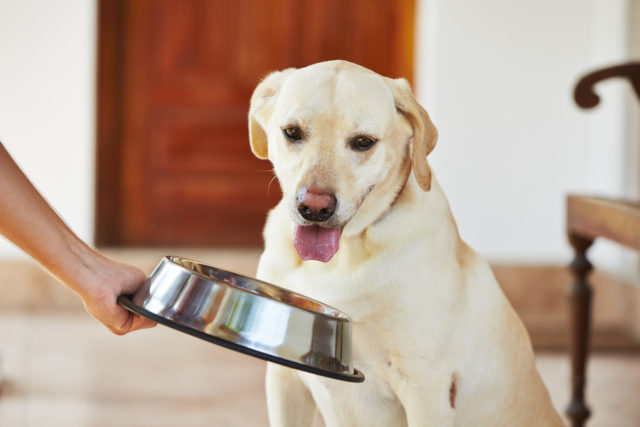
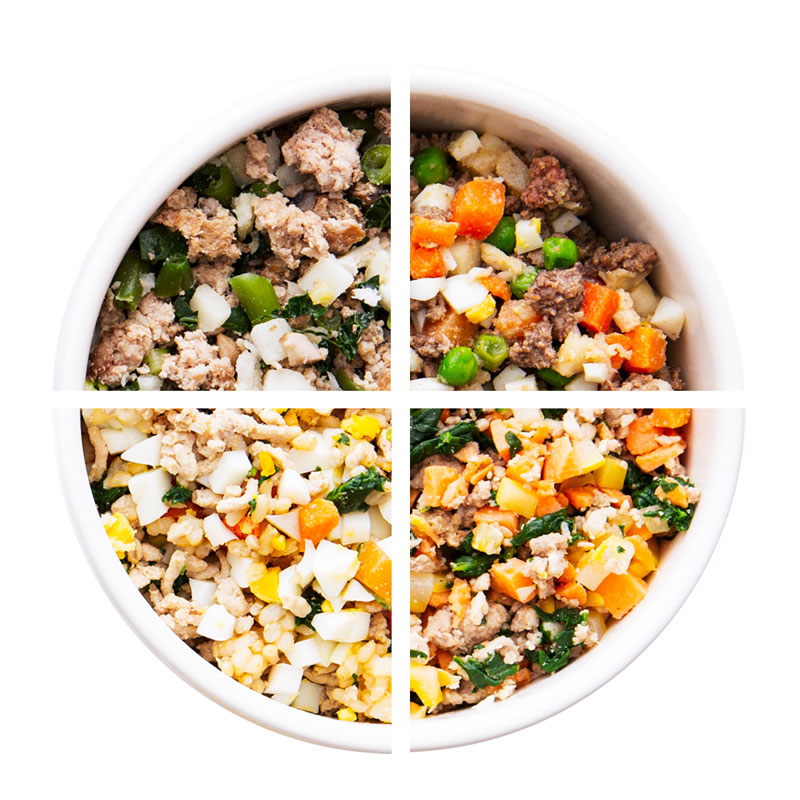



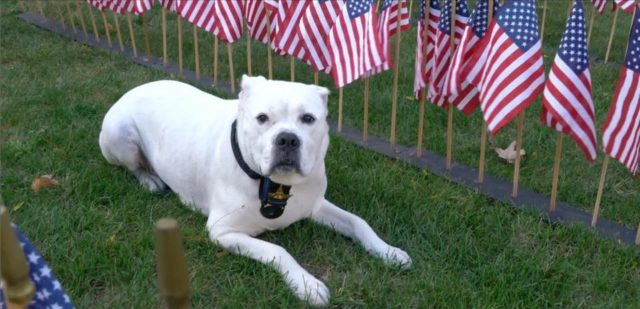
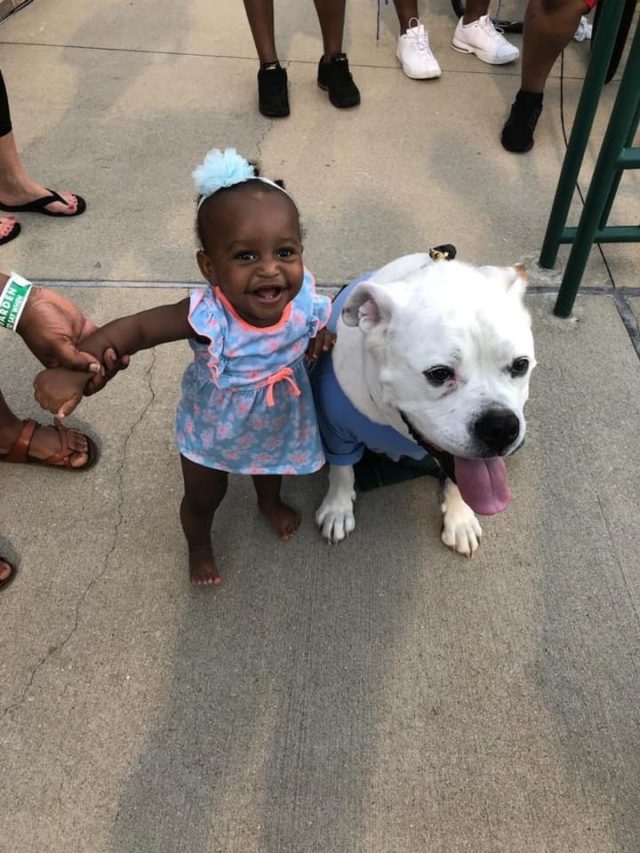
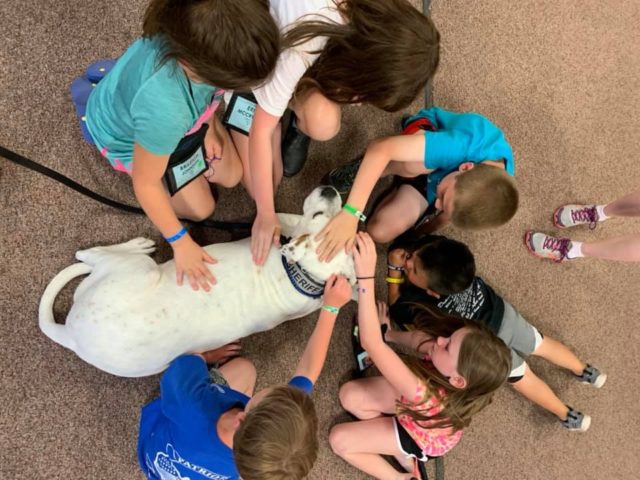
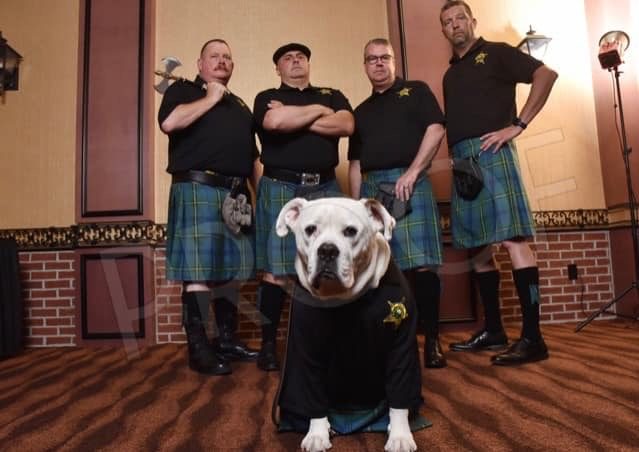
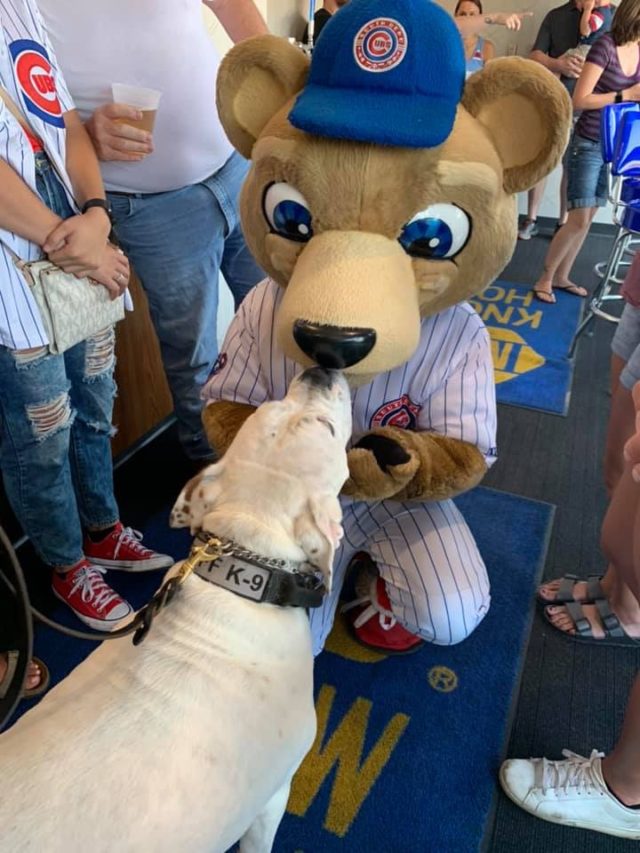

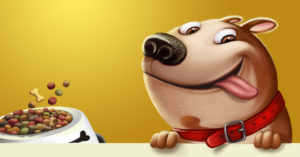
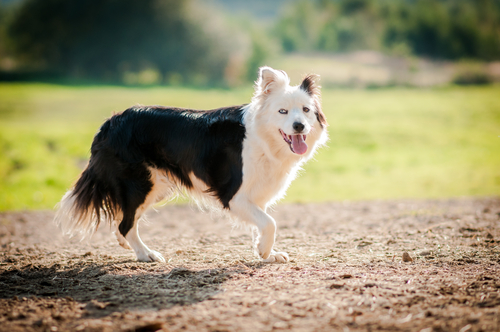
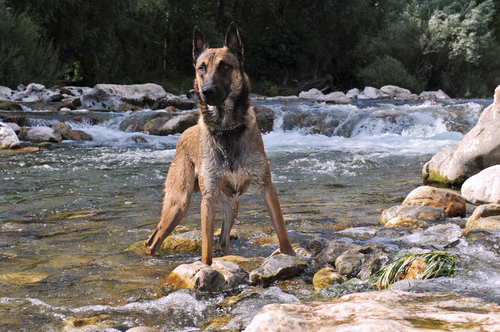




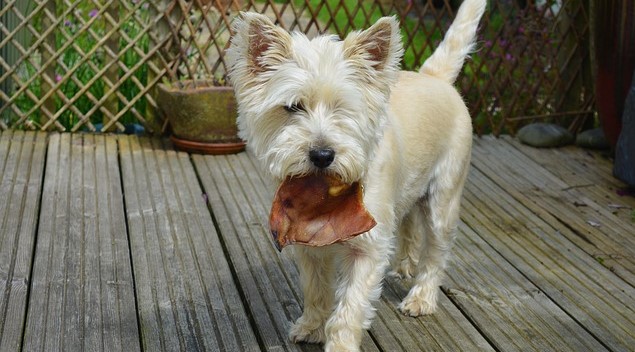







 they rarely slow down for some of the finer things in life. I have definitely worked with puppies that had what seemed like a very low food drive. They were too busy looking for trouble to get into, to sit still long enough to eat a whole bowl of food.
they rarely slow down for some of the finer things in life. I have definitely worked with puppies that had what seemed like a very low food drive. They were too busy looking for trouble to get into, to sit still long enough to eat a whole bowl of food.













